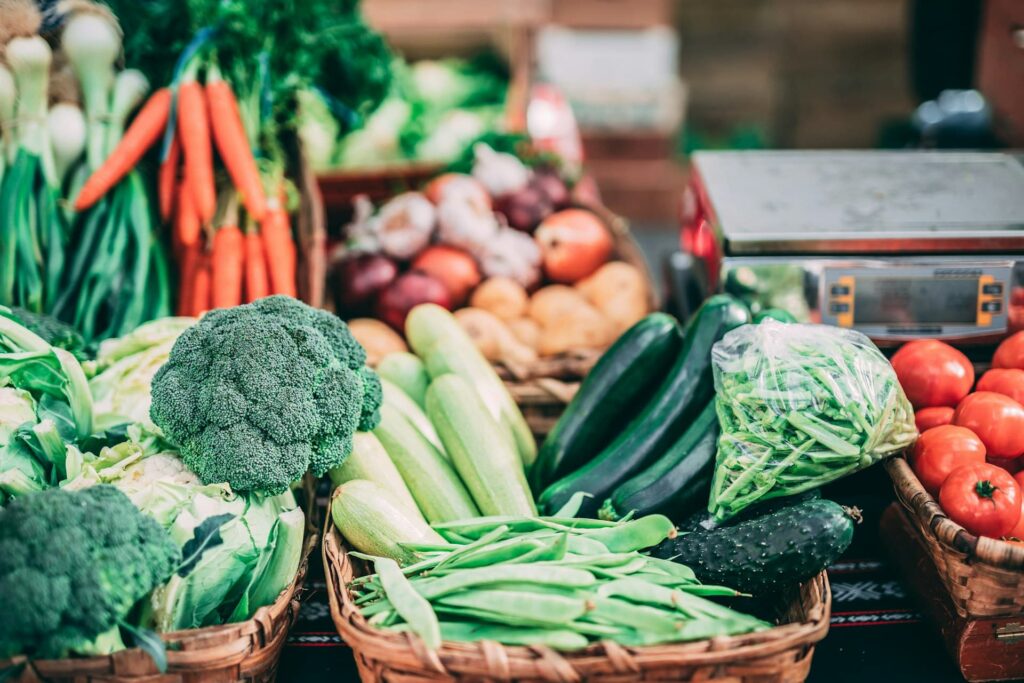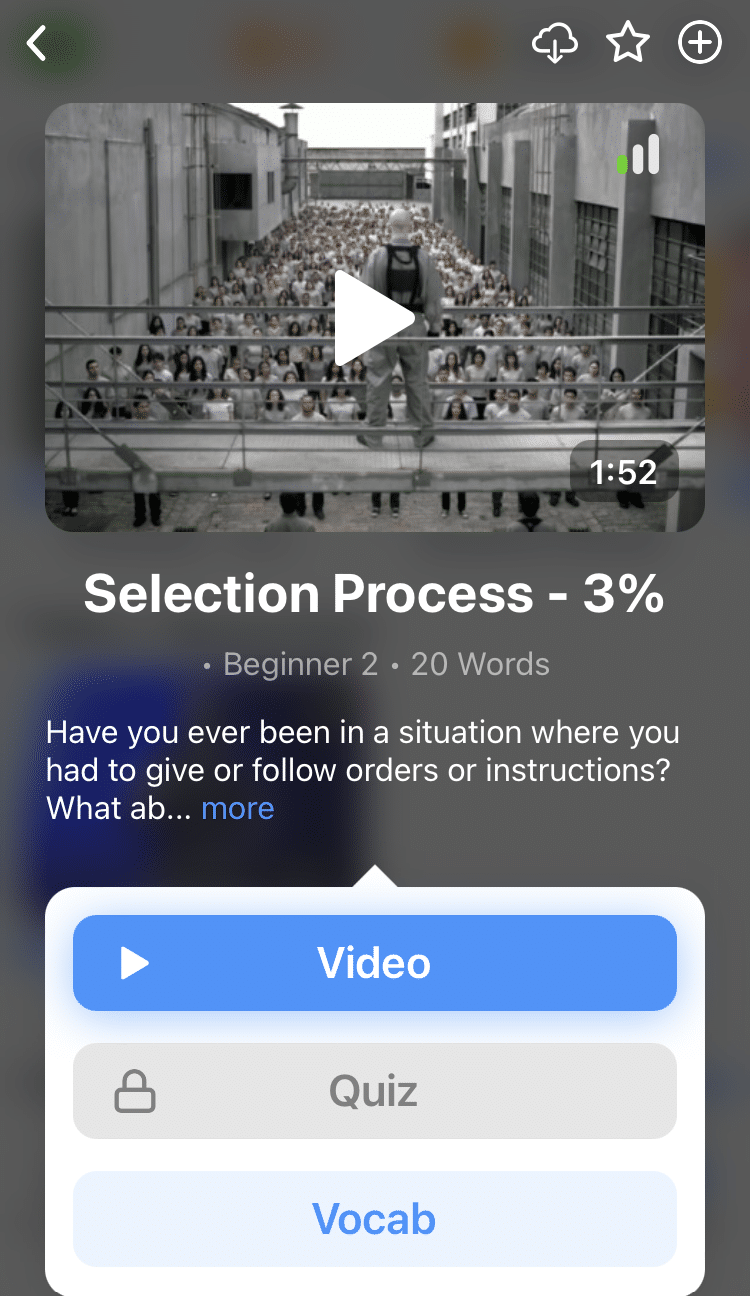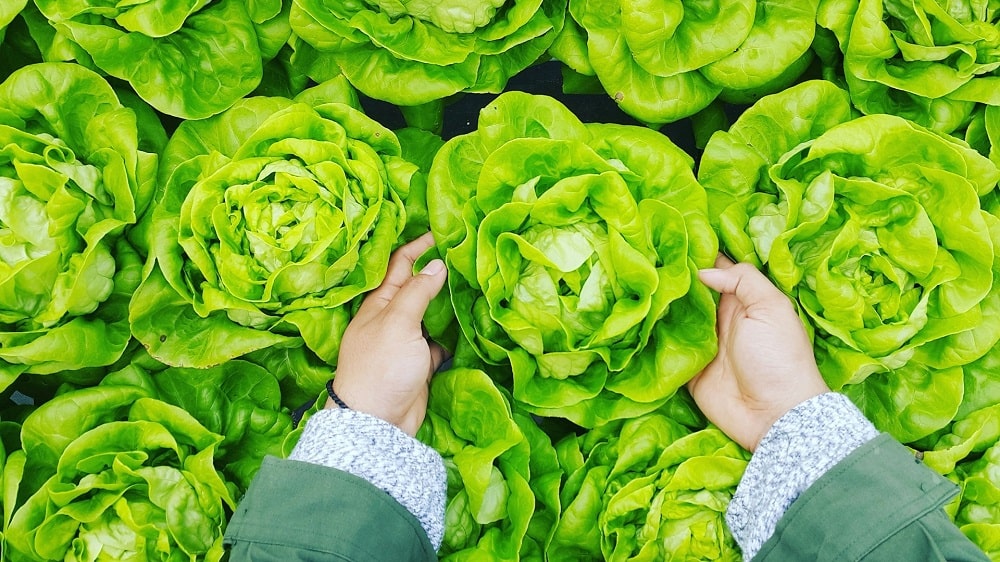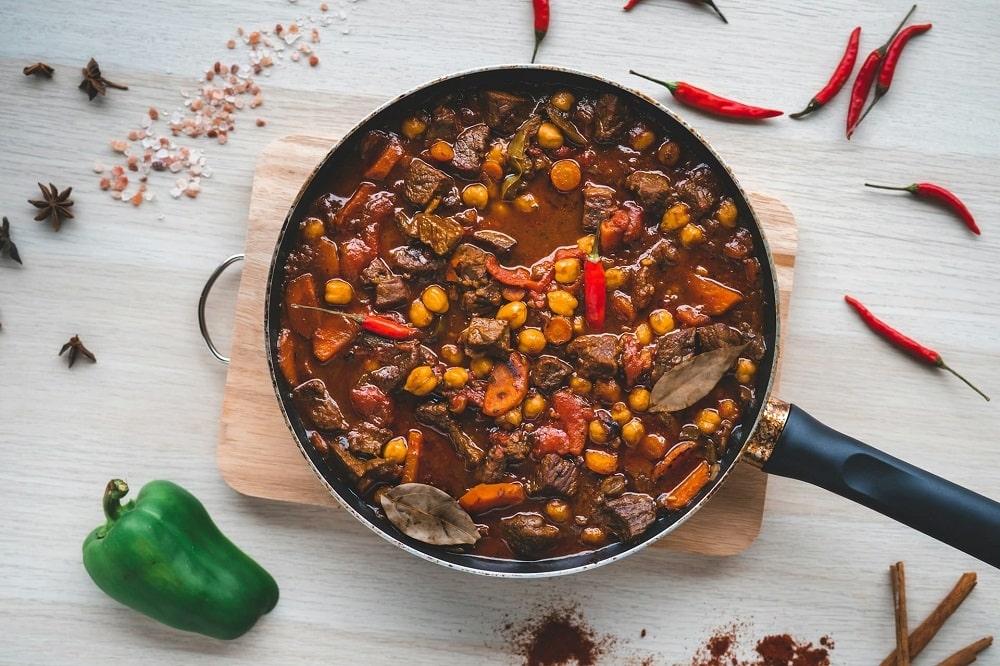
52 Vegetables in Portuguese
Vegetables are a staple of Portuguese and Brazilian cuisine. Both cultures embrace a variety of vegetables in their meals, with an emphasis on fresh, locally sourced produce.
So if you want to get around in the Portuguese language, it’s a good idea to stock up on some vegetable names in Portuguese. Enjoy these Portuguese legumes (vegetable) vocabulary words
Contents
- Root Vegetables in Portuguese
- Leafy Greens in Portuguese
- Alliums in Portuguese
- Legumes in Portuguese
- Other Vegetables in Portuguese
- And One More Thing…
Download: This blog post is available as a convenient and portable PDF that you can take anywhere. Click here to get a copy. (Download)
Root Vegetables in Portuguese
Vegetais de raiz (root vegetables) like potatoes, carrots, yams and cassava are commonly used in both Portuguese and Brazilian cuisines, contributing to the heartiness of many traditional dishes.
The Portuguese feijoada à transmontana, for instance, is a stew made up of beans, various meats and root vegetables like carrots and turnips.
| English | Portuguese |
|---|---|
| Beet | Beterraba |
| Carrot | Cenoura |
| Horseradish | Raiz-forte |
| Jicama | Jicama |
| Parsnip | Pastinaca |
| Potato | Batata |
| Radish | Rabanete |
| Rutabaga | Nabo-rábano |
| Sweet potato | Batata-doce |
| Taro | Taro |
| Turnip | Nabo |
| Yucca | Mandioca |
Leafy Greens in Portuguese
Vegetais de folhas (leafy greens) are even more widely used in the traditional dishes of Portugal and Brazil.
You may even already be familiar with some, like the Portuguese caldo verde, which gets its name and green color from kale, or the Brazilian couve à mineira, sautéed collard greens that’s often served as a side dish in Brazilian cuisine.
| English | Portuguese |
|---|---|
| Arugula | Rúcula |
| Bok choy | Acelga chinesa |
| Cabbage | Repolho |
| Collard greens | Couve |
| Endive | Endívia |
| Kale | Couve-galega |
| Lettuce | Alface |
| Spinach | Espinafre |
| Swiss chard | Acelga |
| Watercress | Agrião |
Alliums in Portuguese
Alliums (known by the same name in Portuguese) are a family of plants that include onions, garlic, leeks, shallots and chives. They’re generally used to add aroma and flavor to dishes, and as such are widely used in many cultures.
| English | Portuguese |
|---|---|
| Chive | Cebolinha |
| Garlic | Alho |
| Leek | Alho-poró |
| Onion | Cebola |
| Scallion | Cebolinha verde |
| Shallot | Chalota |
Legumes in Portuguese
Legumes, known in Portuguese as leguminosas are a category of vegetables that include beans, lentils, chickpeas and peas. They’re rich in protein, fiber and various nutrients.
In both Portuguese and Brazilian cuisines, legumes are widely used in a variety of dishes. Favas à algarvia, for instance, is a dish from the Portuguese Algarve region made with broad beans, often cooked with chorizo or bacon. In Brazil, the national dish is feijoada, a black bean stew that typically contains various meats and sausages.
| English | Portuguese |
|---|---|
| Black beans | Feijão preto |
| Black-eyed peas | Feijão-fradinho |
| Chickpeas | Grão-de-bico |
| Kidney beans | Feijão vermelho |
| Lentils | Lentilhas |
| Peas | Ervilhas |
| Pinto beans | Feijão carioca |
| Soybeans | Soja |
| Split peas | Ervilhas partidas |
Other Vegetables in Portuguese
This list includes vegetables that didn’t quite fall under any of the categories above.
| English | Portuguese |
|---|---|
| Artichoke | Alcachofra |
| Asparagus | Aspargo |
| Avocado | Abacate |
| Bell peppers | Pimentão |
| Brussels sprouts | Couve de Bruxelas |
| Broccoli | Brócolis |
| Cauliflower | Couve-flor |
| Celery | Aipo |
| Corn | Milho |
| Cucumber | Pepino |
| Eggplant | Berinjela |
| Okra | Quiabo |
| Squash | Abóbora |
| Tomato | Tomate |
| Zucchini | Abobrinha |
Have you had your fill? These vocabulary words for vegetables in Portuguese will keep you sated as you navigate learning the language!
Want to find even more vegetable vocabulary words, as well as plenty of examples of these words and others in authentic use? You could try out the FluentU program.
And One More Thing…
If you've made it this far that means you probably enjoy learning Portuguese with engaging material and will then love FluentU.
FluentU takes authentic videos—like music videos, movie trailers, news and inspiring talks—and turns them into personalized Portuguese lessons.
Other sites use scripted content. FluentU uses a natural approach that helps you ease into the Portuguese language and culture over time. You’ll learn Portuguese as it’s actually spoken by real people.
FluentU has a wide variety of videos, as you can see here:

FluentU brings native videos within reach with interactive transcripts. You can tap on any word to look it up instantly. Every definition has examples that have been written to help you understand how the word is used. If you see an interesting word you don’t know, you can add it to a vocab list.

Review a complete interactive transcript under the Dialogue tab, and find words and phrases listed under Vocab.

Learn all the vocabulary in any video with FluentU’s robust learning engine. Swipe left or right to see more examples of the word you’re on.

The best part is that FluentU keeps track of the vocabulary that you’re learning, and gives you extra practice with difficult words. It'll even remind you when it’s time to review what you’ve learned. Every learner has a truly personalized experience, even if they’re learning with the same video.
You can try FluentU for free for 2 weeks. Click here to check out the website or download the iOS app or Android app.




